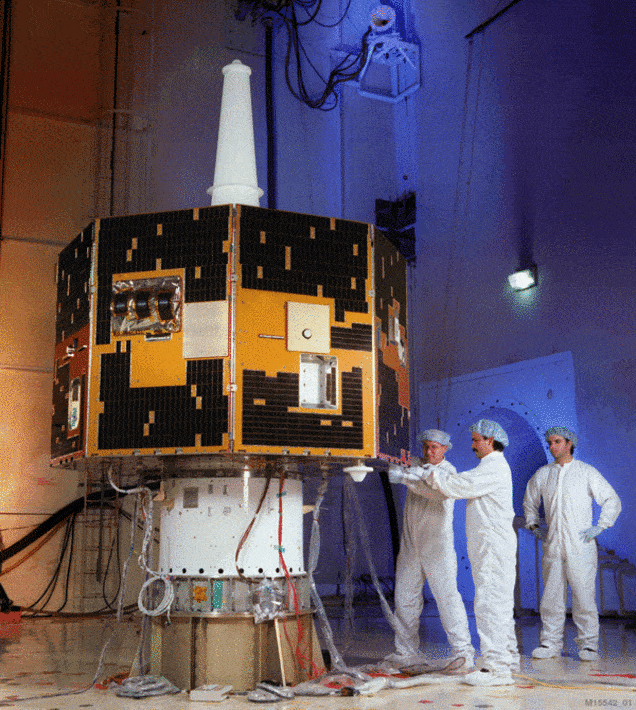In December 2005, NASA lost contact with an important satellite which up until then had provided unprecedented insight into Earth’s magnetosphere. Engineers presumed the M.I.A. satellite was dead for the past 12 years but one amateur astronomers proved everyone wrong after he picked up the long-lost satellite’s signal.

Scott Tilley has an unusual hobby. In his free time, the man likes to follow the radio signals of spy satellites. Most recently, he was on the hunt for Zuma, a controversial satellite whose true nature the U.S. government has kept classified and which is believed to have failed at launch earlier this month. Some say the incident was just a ruse meant to keep Zuma under the public’s radar while it still actually operated as intended.
With his ears pricked up for Zuma, Tilley came across something totally unexpected. What he had picked up was the signal corresponding to NASA’s IMAGE satellite, the $150 million mission that suddenly stopped broadcasting after five years of service.
“Upon reviewing the data from January 20, 2018, I noticed a curve consistent with a satellite in High Earth Orbit (HEO) on 2275.905MHz, darn not ZUMA… This is not uncommon during these searches. So I set to work to identify the source,” Tilley wrote in a blog post.
“A quick identity scan using ‘strf’ (sat tools rf) revealed the signal to come from 2000-017A, 26113, called IMAGE.”

News of the find soon traveled to the old IMAGE team, including to Patricia Reiff, a space plasma physicist at Rice University in Houston, Texas. Speaking to Science Mag, Reiff, who was co-investigator on the mission, said that “the odds are extremely good that it’s alive.” We’ll learn if this is the case next week when NASA and the Johns Hopkins University Applied Physics Laboratory will attempt to contact IMAGE with their deep space radio antennas.
There are already some peculiar developments. For instance, scientists aren’t sure yet why IMAGE’s rotation rate has slowed, something which could impede communication.
Since it launched into Earth’s orbit in 2000 and up until communication broke off in 2005, the satellite provided invaluable information about Earth’s magnetic field. Its instruments recorded the activity of neutral particles ejected by collisions of atoms in the inner magnetosphere, revealing new insights about this region and its interactions with charged particles fired from the sun.
By the time IMAGE went dark, the satellite had been responsible for 37 “unique scientific discoveries.” In fact, its instruments have never been replaced by any other spacecraft so establishing a new comm-link could be incredibly useful for science — and what a thrilling thing that would be. At the end of the day, it just serves to show that hope is never lost.
“It is really invaluable for now-casting space weather and really understanding the global response of the magnetosphere to solar storms,” Reiff said.


